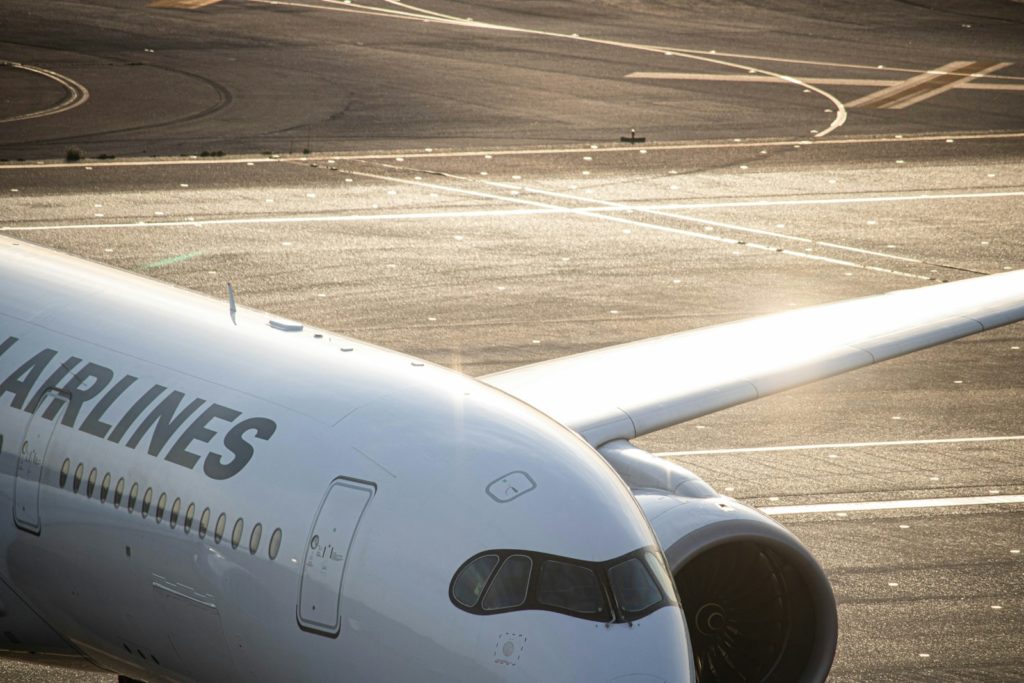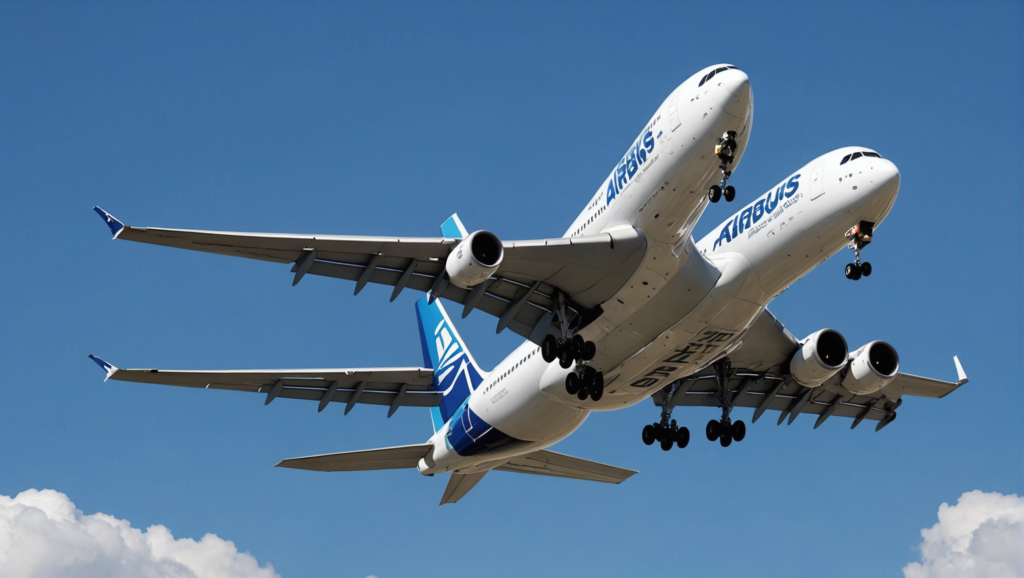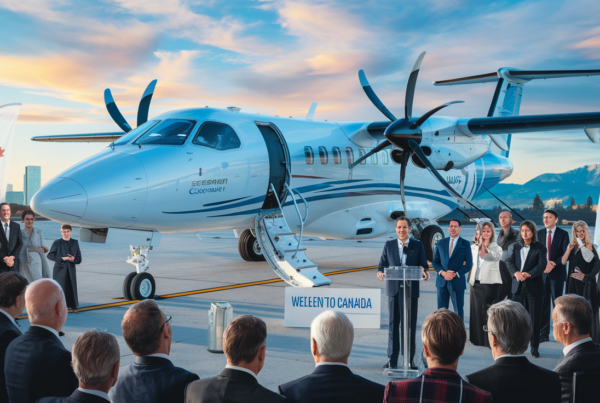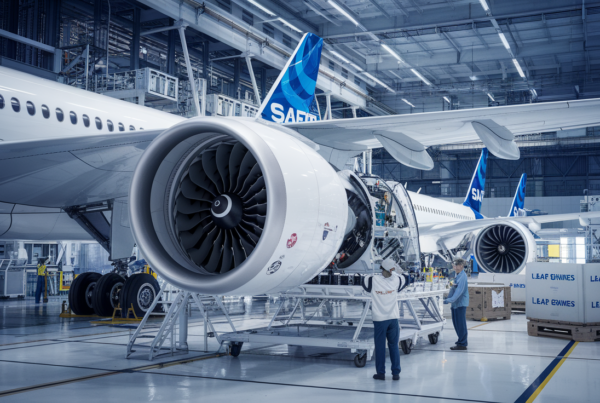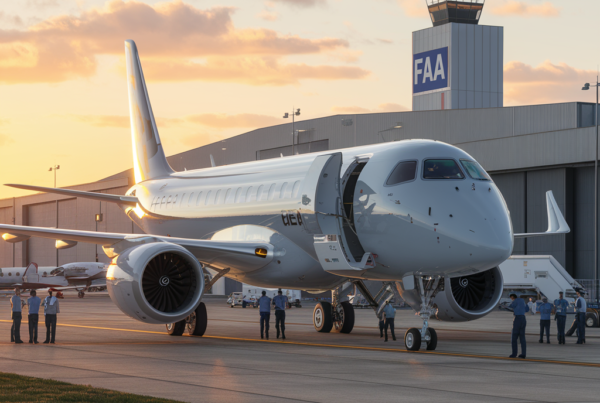Visit winglets and sharklets are aerodynamic devices located at the tips of aircraft wings. Winglets are vertical structures designed to reduce the drag on the wing. drag induced by lift by minimizing the swirls wingtips. The main difference lies in their design: sharklets, used mainly by Airbus, are often longer and feature a smoother transition between the wing and itself. By improving energy efficiency, these structures reduce fuel consumption and increase flight autonomy.
Winglets: an aerodynamic revolution
Since the earliest days of aviation, aircraft designers have been looking for ways to improve aerodynamic efficiency. The wingletsor fins, are a striking example of these innovations. Located at an angle and approximately vertically at the wingtips, they help to reduce the drag induced by lift. By limiting tip vortices, they help improve overall aircraft performance by recovering some of the vortex energy.
Winglet function
Winglets don't just add style to aircraft architecture. Their effectiveness is linked to their ability to reduce turbulence, thus optimizing lift. This translates into reduced fuel consumption and increased flight range. Put simply, a wing equipped with winglets rivals the performance of a longer wing without ailerons.
Sharklet innovation on Airbus
While the winglets are often associated with Boeing models, Airbus has developed its own version under the name of sharklets. Similar in their operating principle, sharklets are also placed on the wingtips of aircraft, but feature a distinctive design, often with a more modern look. pointed and slender.
Sharklets : Technological breakthrough
Primarily intended for A320 family aircraft, sharklets also have an aesthetic function that contributes to a fluid, modern silhouette, synonymous with innovation. Although, like winglets, they serve to reduce induced drag and cut fuel consumption, their integration into the Airbus structure sets standards in terms of design and performance.
Structural and functional differences
Understand the distinction between winglets and sharklets requires immersion in aerodynamic detail. Sharklets are often referred to as "blended winglets" for their integrated, subtly rounded shape. While Boeing emphasizes a more pronounced breakthrough with its classic winglets, Airbus adopts an approach based on continuity and harmony of form.
Impact on Aviation
Over and above the billions of liters of fuel saved since their introduction, these devices demonstrate the continuity of aeronautical engineering. Visit winglets and sharklets are a testament to the constant evolution of technology, with a focus on energy efficiency, aerodynamic performance and reducing aviation's carbon footprint.
So, whether you're watching a plane take off or sitting comfortably aboard a transcontinental flight, remember that those little holes in the wingtips play a major role in how planes carry you around the world.

Distinction between Winglets and Sharklets
| Comparison Criteria | Winglets | Sharklets |
| Original manufacturer | Boeing | Airbus |
| Shape | Vertical fin | Elongated, pointed wings |
| Drag reduction | Yes, via reduced vortices | Yes, improved by design |
| Fuel consumption | Improved | Optimized |
| Compatibility | Boeing and certain other aircraft | Specific Airbus aircraft |
| Popularity | Common on Boeing 737 | Favored on Airbus A320 |
| Innovation | In use since the 1980s | More recent development |
| Aerodynamics | Drag reduction | Enhanced performance |
On the same theme
United Airlines receives first Boeing 737 MAX 8 after 2-month wait
United Airlines has finally received the very first Boeing 737 MAX 8 after a 2-month wait. A long-awaited moment for the airline and aviation enthusiasts alike, marking a new era for the industry. Let's find out more...
Japan Airlines deploys Airbus A350-1000 on Tokyo-London route
From October 24, 2024, Japan Airlines will introduce the Airbus A350-1000 on its international route between Tokyo (Haneda) and London (Heathrow). This marks the European debut of this innovative aircraft, offering passengers a superior flying experience. The...
Airbus sends 70 new aircraft to the skies in July
In the skies above July, the Airbus fleet is enriched by 70 new aircraft. A wave of modernity and performance is about to break, propelling the company towards new horizons. Airbus, one of the world's leading aircraft manufacturers,...


